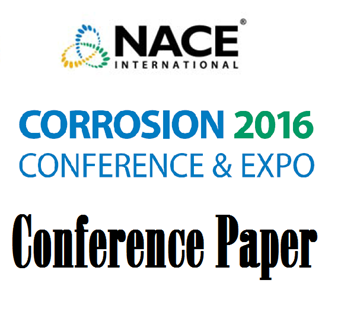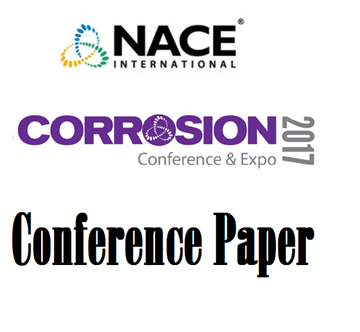Search
03592 SEASONAL CHANGES IN ATMOSPHERIC CORROSIVITY
Also Purchased
01544 THE EFFECTS OF WIND ON LOCAL ATMOSPHERIC CORROSIVITY
Product Number:
51300-01544-SG
ISBN:
01544 2001 CP
$20.00
51316-7212-Formation of Galvanic Cells and Localized Corrosion under Atmospheric Conditions
Product Number:
51316-7212-SG
ISBN:
7212 2016 CP
Publication Date:
2016
$20.00
Continuous Monitoring of Atmospheric Corrosion and Coating Degradation
Product Number:
51317--8834-SG
ISBN:
8834 2017 CP
Publication Date:
2017
$20.00
Recently viewed




